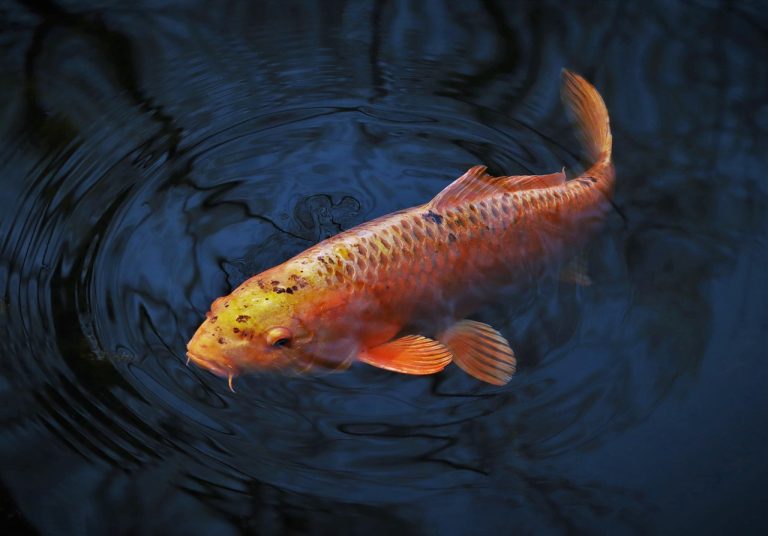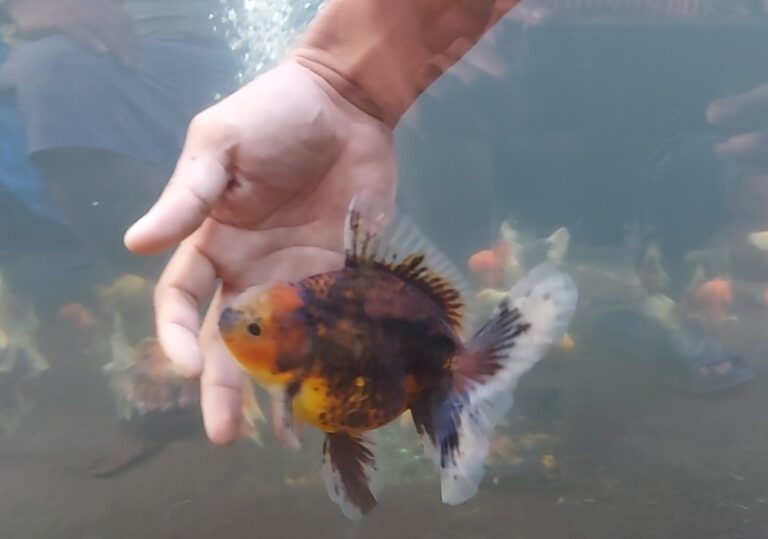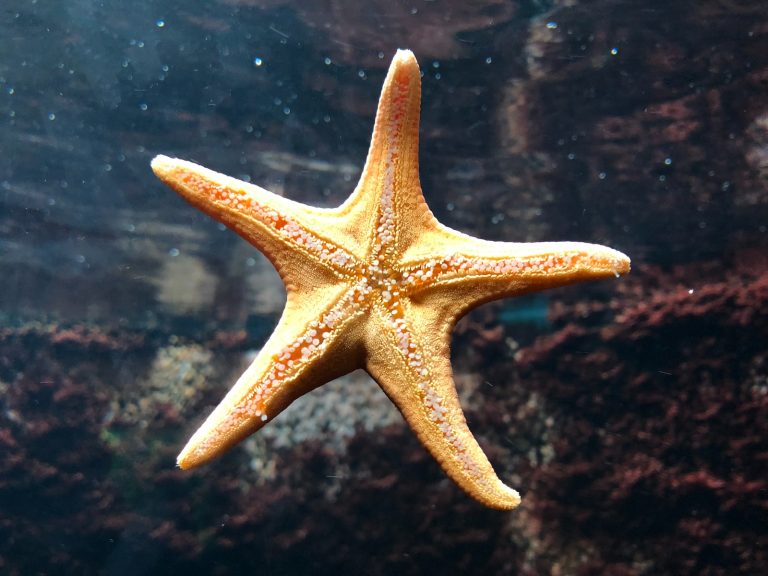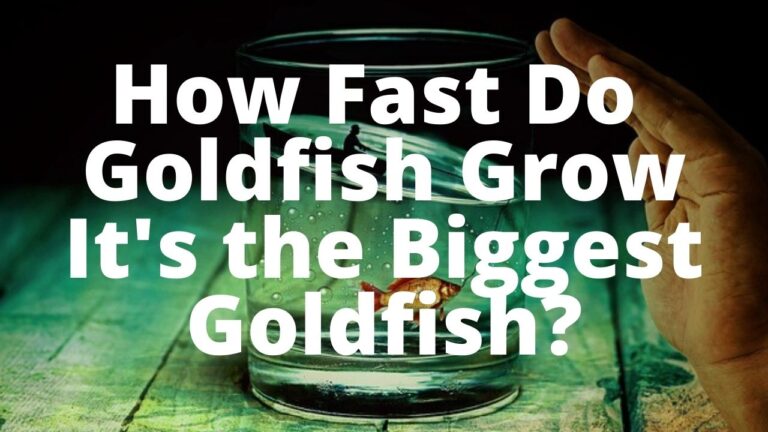Watching a fish swimming in an aquarium can relieve stress after a whole tiring day. But like humans, fish can also gain diseases such as swim bladder disease. It can affect any fish species, but most common to bettas and goldfish. Such a disorder can cause balance or buoyancy problems. If you notice your goldfish is floating on the surface or struggling to rise from the bottom, or swimming head down or head up, you suspect that it is suffering from swim bladder disorder.
Some fish have negative buoyancy that makes their body unable to support the larger swim bladder. Others are positively buoyant, in which the fish can stay on the surface for an extended time. A goldfish is a physostomous fish. They have a pneumatic duct between the swim bladder and the esophagus. When they eat on the surface, the air enters that makes the swim bladder to inflate. They are prone to such disorder because they inflate a lot of air during feeding time.
What is Swim Bladder Disease?
Swim bladder disease also called swim bladder disorder or flip over, is a common ailment in aquarium fish. The swim bladder is an internal gas-filled organ that contributes to the ability of a fish to control its buoyancy, and thus to stay at the current water depth without having to waste energy in swimming. A fish with swim bladder disorder can float nose down tail up or can float to the top or sink to the bottom of the aquarium.
https://en.wikipedia.org/wiki/Swim_bladder
Is this Contagious?
This kind of disease is not contagious but you need to clean your aquarium so that other fishes will not develop the same disease.
Causes of Swim Bladder Disease
- Over Feeding
- Water Shock
- Bacterial Infection
- Parasite Infection
- Feeding on top and air is swallowed
Cure for Swim bladder Disease
- Separate the Bloated or the Goldfish which has a swim bladder disease.
- Use a Survival Tank
- Use another tank for Treatment purposes
- Put Metheline Blue
- Let the fish swim around 5 minutes in a tank which has metheline blue
- Get the fish and put it in the survival tank
- Prepare another treatment tank which has Rock Salt
- Let the fish swim around 1 minute on the water which has salt
- Get the fish and put it in the survival tank
- Let it survive for 3 to 5 days. No feeding.
- After 5 days put it back on the pond or tank which has a heater or direct sunlight.
- Again minimize the feeding and check the water if it has bacteria
How to Cure Goldfish Swim Bladder Disease
The swim bladder plays a significant role in any fish because it regulates the balance and buoyancy. The fish needs to deflate or inflate the rear swim bladder depending on the needed buoyancy. They use the front swim bladder attached to the small bones and scull for balance and hearing.
Symptoms
As mentioned above, swim bladder disorder affects the buoyancy of the fish. That’s why the main manifestation is struggling to swim and float. Other symptoms include a curved back or distended belly. You also notice that the fish may lose appetite. In severe cases, it will cause the fish to experience difficulty in reaching the surface.
Causes
The swim bladder disorder happens when the bladder is compressed. Overeating, rapid eating, gulping air, or constipation can cause distended stomach. Other factors that cause bladder disorder include:
The water condition especially low water temperature can retard the process of digestion. It may lead to gastrointestinal tract enlargement, thus affect the swim bladder. Experts revealed that the high level of nitrate in the water is not healthy for the bladder.
Bacterial and parasites infection can cause swim bladder inflammation. That’s why it is important to ensure that the water inside the tank is free from bacteria and parasites.
The old age and genetics of the fish is another factor that can cause swim bladder issues. With this, if you are buying a fish, it is essential to observe how it swims, especially if you are planning to breed.
Instances such as enlargement of other abdominal organs can also affect the bladder. If the kidney has cyst or if there are fats accumulated in the liver, there’s a significant possibility that it will adversely affect the bladder.

Treatment
Upon noticing those symptoms listed above, the next thing to do is to rule out the cure or treatment for swim bladder problem. Many people have been asking, is swim bladder contagious?
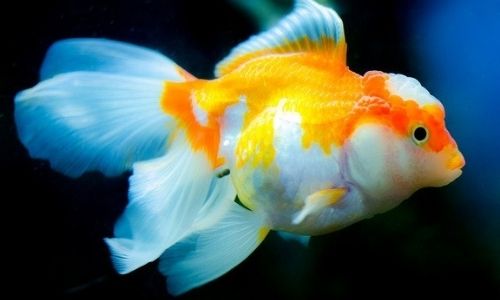
Step 1
The swim bladder disorder is not contagious, that’s why nothing to worry about the other fishes in the tank. But you must remove the sick fish from the tank when giving treatment. Observe if the fish is excreting waste. Put fresh aged water in the sick bay and not the water from a pond or aquarium.
Step 2
Add aquarium salt into the tank or you can use Epsom salt and non-iodized salt.

Step 3
Do not give any food to the fish within two to three days until you are sure the fish is excreting waste and regained balance. If the waste is light colored or has gas bubbles, it is a sign of constipation or indigestion.
Step 4
Check the water condition and make sure the water temperature is between 78 to 80 degrees Fahrenheit. It will reduce bloating of the stomach.

If you see development after three days, start feeding the fish with skinned and cooked pea. You can boil frozen peas for a few seconds and ensure they are not too firm and not too soft. After boiling, remove the skin before serving to the fish. Continue feeding pea for a few days and ask an expert for the right food appropriate to your fish condition.
This kind of disorder may recur, that is why it is essential to know long-term precautions. Swim bladder disease commonly happens to fancy, fat-bodied goldfish varieties. It is because the swim bladder of this variety is more compressed than the slender ones.
Determining the symptoms and causes of swim bladder disorder is the key to identify the appropriate and effective treatment. It is better to bring your fish to a veterinarian to know if there is an underlying disease. Malnutrition, fish TB, or parasites may cause sometimes loss of buoyancy.
Make sure that the nitrate and pH levels of the water are in proper level before bringing back the fish in the tank. If the nitrate level of the water is too high, it can negatively impact the swim bladder. With this, it is important to check the nitrate levels regularly and change the water as needed.
Final Thoughts
The disorder is not contagious, but sometimes it is not curable. If the disease persists, the best thing to do is consult a veterinarian, especially if infection causes it. Giving antibiotic may help to cure the disorder.
Don’t forget to subscribe here: https://www.youtube.com/channel/UC0s5E0-AOjxH1XepUr-1VkQ
Do you have any questions? Contact Us!


